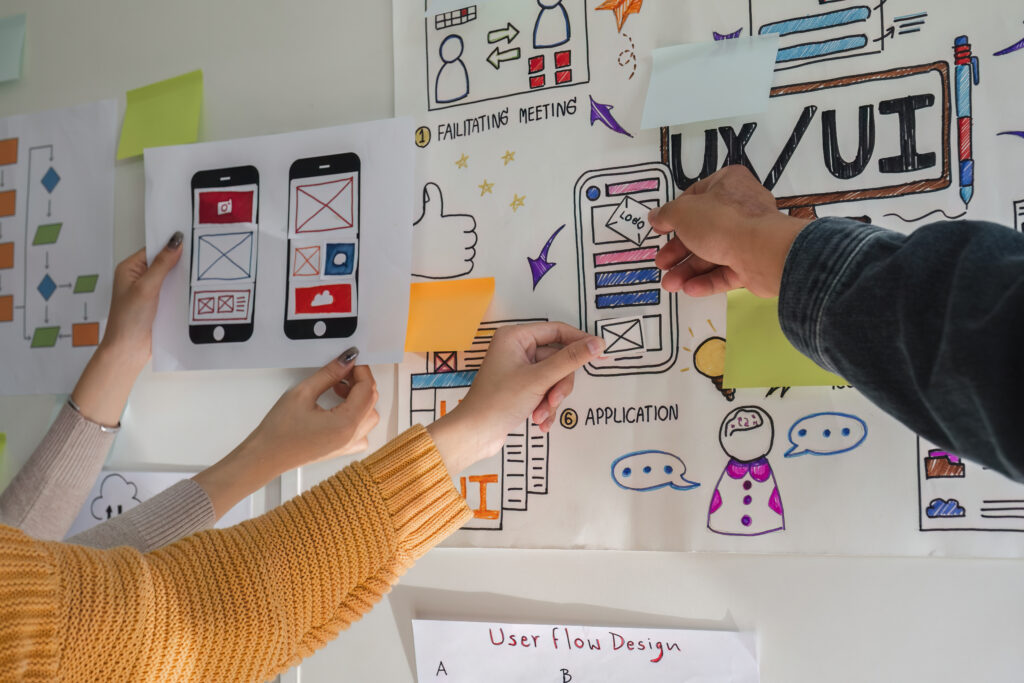User Experience (UX) is at the forefront of the ever-evolving field of digital design, influencing how people interact and view websites, applications, and digital platforms. UX design trends are always changing as technology advances and user expectations change. These trends provide new perspectives on how to make user-friendly interfaces that enthrall and involve audiences.
Recognizing the Value of UX Design
The comprehensive journey that people take when navigating digital products and services is included in user experience design. Every touchpoint — from the first conversation to the last conversion — affects user retention, pleasure, and perception of the brand. The importance of UX design is paramount in the highly competitive and attention-deficit environment of today’s hyperconnected world.
- Minimalism & Simplified Interfaces: The principles of minimalist design are paramount in a time of information overload. User journeys are streamlined by clear design, lots of white space, and easy navigation, which lowers cognitive strain and improves usability.
- Dark Mode for Better Accessibility: Across platforms and devices, users can benefit from less eye strain, better readability, and longer battery life thanks to dark mode, which has evolved beyond aesthetics to become a useful feature.
- Contextual clues: individual preferences, and behavior patterns can all be used to customize user experiences. This creates a sense of relevance and connection that encourages engagement and loyalty.
- Micro interactions and Animated Feedback: Incorporating subtle animations and delightful micro interactions gives interfaces life. These elements guide user inputs, provide visual feedback, and give digital experiences a unique personality.
- Voice User Interfaces (VUI) and Conversational Design: As voice-activated gadgets and virtual assistants become more commonplace, conversational design concepts give natural language interactions top priority, enabling consumers to connect with technology in an easy-to-use manner.
- Augmented reality (AR): technology offers immersive storytelling, interactive product presentations, and improved spatial awareness for consumers. It blurs the boundaries between the physical and digital worlds

Accepting Trends in UX Design:
A careful balancing act between technical expertise, empathy, and creativity is needed to include these UX design ideas. To develop experiences that are memorable and meaningful, designers need to embrace iterative design methods, understand customer demands, and take advantage of emerging technology.
Final Thoughts: Developing Digital Experiences for the Future
One thing is certain as we traverse the ever changing field of UX design: the pursuit of outstanding user experiences has no boundaries. The future of digital interactions may be shaped by designers by embracing new trends, utilising cutting-edge technologies, and emphasising user-centricity. This will leave a lasting impact on users and propel company success.
Let’s set out on a creative, cooperative, and iterative journey to create intuitive interfaces, with the goal of surpassing user expectations and redefining




